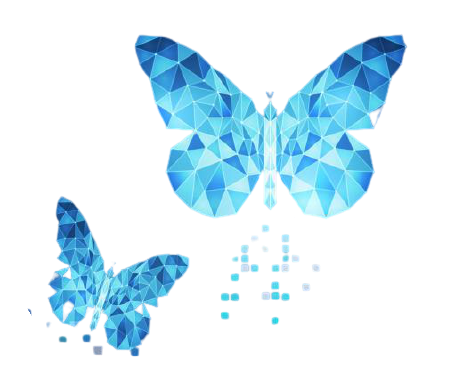Quantum Entanglement Realised Between Distant Large Objects

A team of researchers at the Niels Bohr Institute, University of Copenhagen, have succeeded in entangling two very different quantum objects. The result has several potential applications in ultra-precise sensing and quantum communication and is now published in Nature Physics. Entanglement is the basis for quantum communication and quantum sensing. It can be understood as a quantum link between two objects which makes them behave as a single quantum object.
Researchers succeeded in making entanglement between a mechanical oscillator—a vibrating dielectric membrane—and a cloud of atoms, each acting as a tiny magnet, or what physicists call "spin." These very different entities were possible to entangle by connecting them with photons, particles of light. Atoms can be useful in processing quantum information and the membrane—or mechanical quantum systems in general—can be useful for storage of quantum information.
Professor Eugene Polzik, who led the effort, states that: "With this new technique, we are on route to pushing the boundaries of the possibilities of entanglement. The bigger the objects, the further apart they are, the more disparate they are, the more interesting entanglement becomes from both fundamental and applied perspectives. With the new result, entanglement between very different objects has become possible."
To understand entanglement, sticking to the example of spins entangled with a mechanical membrane, imagine the position of the vibrating membrane and the tilt of the total spin of all atoms, akin to a spinning top. If both objects move randomly, but if observed moving right or left at the same time, that is called a correlation. Such correlated motion is normally limited to the so-called zero-point motion—the residual, uncorrelated motion of all matter that occurs even at absolute zero temperature. This limits knowledge about any of the systems.